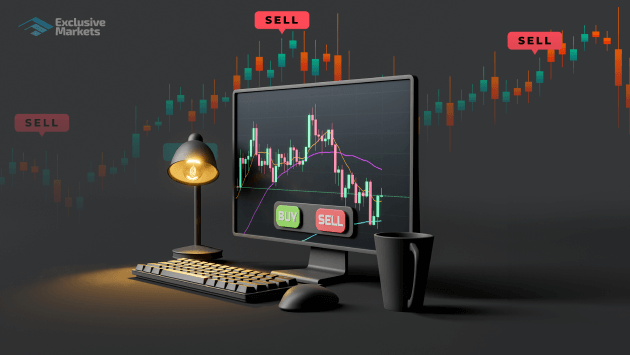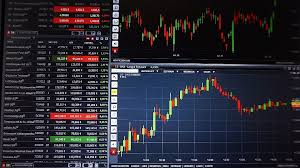
A Beginner’s Guide to Forex Day Trading
Forex day trading is a captivating strategy that attracts many aspiring traders worldwide. As you embark on your journey into the world of currency trading, it is essential to understand various fundamental aspects. This guide aims to provide you with a solid foundation in forex day trading. Additionally, if you’re based in Uganda, we recommend checking out the forex day trading for beginners Best Ugandan Brokers for reliable trading platforms.
What is Forex Day Trading?
Forex day trading involves buying and selling currency pairs within the same trading day. The primary objective is to capitalize on small price movements in the currency market. Unlike long-term investing, day trading requires a set of specific strategies and a keen understanding of market dynamics.
Key Concepts for Beginners
Currency Pairs
In forex trading, currencies are traded in pairs. For example, if you’re trading EUR/USD, you are speculating on the value of the Euro against the US Dollar. Understanding how different currencies interact and the factors influencing their prices is crucial for successful day trading.
Leverage
Leverage allows traders to control a larger position with a smaller amount of capital. While this can amplify profits, it also increases the potential for losses. Beginners must use leverage cautiously, understanding the risks involved.
Market Analysis
Day traders rely on technical and fundamental analysis to make informed decisions. Technical analysis involves examining price charts and patterns, while fundamental analysis focuses on economic indicators and news events that impact currency values.
Day Trading Strategies

Several strategies can be employed in forex day trading. Here are a few commonly used methods:
Scalping
Scalping is a strategy that involves making numerous trades throughout the day, aiming to capture small price movements. Scalpers often hold positions for just a few seconds to minutes, relying on quick decision-making and high trading volume.
Breakout Trading
Breakout trading involves identifying key support and resistance levels. When the price breaks through these levels, traders enter a position to capitalize on the resulting momentum. This strategy requires careful monitoring of price action and volume.
Range Trading
In range trading, traders identify price ranges and look to buy at the bottom of the range and sell at the top. This strategy assumes that prices will revert to the mean and is effective in sideways markets.
Risk Management
Effective risk management is critical in forex day trading. Here are some strategies to minimize risks:
Set a Trading Plan
A well-defined trading plan outlines your goals, entry and exit points, risk tolerance, and preferred trading strategies. Stick to your plan to avoid emotional decision-making.
Use Stop-Loss Orders

Stop-loss orders automatically close a position at a specified price to limit losses. This tool is invaluable for day traders, ensuring that you minimize potential losses in volatile markets.
Position Sizing
Determining the appropriate position size based on your account balance and risk tolerance is another vital aspect of risk management. A common rule of thumb is to risk only 1-2% of your trading capital on a single trade.
Emotional Discipline
Trading can be an emotional rollercoaster, especially for beginners. Developing emotional discipline is essential to avoid impulsive decisions and stick to your trading plan. Techniques such as mindfulness and maintaining a trading journal can aid in managing emotions while trading.
Choosing a Trading Platform
Selecting the right trading platform is crucial for a successful trading experience. Factors to consider include:
- User interface and ease of use
- Available trading tools and features
- Commissions and fees
- Customer support and educational resources
Getting Started with Forex Day Trading
To begin your forex day trading journey, follow these steps:
- Educate Yourself: Take the time to learn about forex trading through online courses, books, and articles.
- Open a Trading Account: Choose a reliable broker and open a demo account to practice without risking real money.
- Develop a Trading Plan: Create a comprehensive trading plan that aligns with your goals and risk tolerance.
- Start Small: Begin trading with a small amount of capital and gradually increase your investment as you gain experience and confidence.
- Evaluate Your Performance: Regularly review your trades to identify what works and what doesn’t, and adjust your strategies accordingly.
Conclusion
Forex day trading is a skill that requires practice, patience, and discipline. As a beginner, focus on building a solid foundation by educating yourself, developing a trading plan, and mastering risk management. Remember that trading involves risks, and there are no guarantees of profit. Stay committed to continuous learning, and you’ll be well on your way to becoming a successful forex day trader.